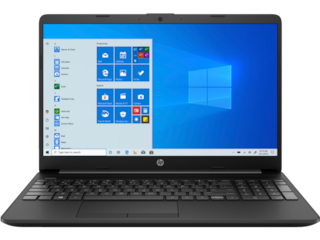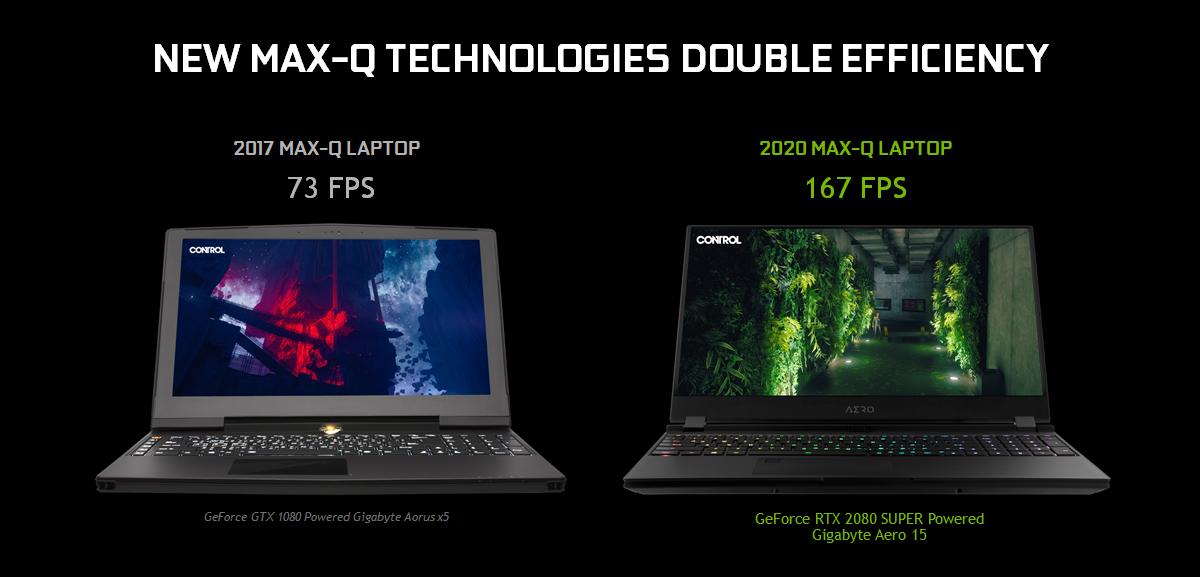NVIDIA drivers now offer Optimus support since 319.12 Beta with kernels above and including 3.9. Another solution is to install the Intel driver to handle the screens, then if you want 3D software you should run them through Bumblebee to tell them to use the NVIDIA card.
- Drivers Optimus Laptops & Desktops
- Drivers Optimus Laptops & Desktops Download
- Drivers Optimus Laptops & Desktops Software
- Drivers Optimus Laptops & Desktops Free

- This package installs the software Display and Audio drivers. laptops-and-netbooks thinkpad-p-series-laptops P1 (Type 20MD.
- If Optimus is so dumb, or even if it worked fine, I (the user) should have the option to simply disable this nonsense, and use the better video card for which I PAID A PILE OF MONEY! I DEMAND that Nvidia provides an option for me to use my GTX 680M for EVERYTHING, without exception!!!
Chapter 19. Using the NVIDIA Driver withOptimus Laptops
Some laptops with NVIDIA GPUs make use of Optimus technology toallow switching between an integrated GPU and a discrete NVIDIAGPU. The NVIDIA Linux driver can be used on these systems, thoughfunctionality may be limited.
Installing the NVIDIA Driver on an Optimus Laptop
The driver may be installed normally on Optimus systems, but theNVIDIA X driver and the NVIDIA OpenGL driver may not be able todisplay to the laptop's internal display panel unless a means toconnect the panel to the NVIDIA GPU (for example, a hardwaremultiplexer, or 'mux', often controllable by a BIOS setting) isavailable. On systems without a mux, the NVIDIA GPU can still beuseful for offscreen rendering, running CUDA applications, andother uses that don't require driving a display.
On muxless Optimus laptops, or on laptops where a mux ispresent, but not set to drive the internal display from the NVIDIAGPU, the internal display is driven by the integrated GPU. On thesesystems, it's important that the X server not be configured to usethe NVIDIA X driver after the driver is installed. Instead, thecorrect driver for the integrated GPU should be used. Often, thiscan be determined automatically by the X server, and no explicitconfiguration is required, especially on newer X server versions.If your X server autoselects the NVIDIA X driver afterinstallation, you may need to explicitly select the driver for yourintegrated GPU.


An additional caveat is that existing OpenGL libraries may beoverwritten by the install process. If you want to prevent thisfrom happening, e.g., if you intend to use OpenGL on the integratedGPU, you may prevent the installer from installing the OpenGL andGLX libraries by passing the option --no-opengl-files to the .run file, or directly to nvidia-installer,e.g.:
Drivers Optimus Laptops & Desktops
See Chapter 4,Installing the NVIDIA Driver for details on the driverinstall process.
Loading the Kernel Module and Creating the Device Files withoutX
In order for programs that use the NVIDIA driver to workcorrectly (e.g.: X, OpenGL, and CUDA applications), the kernelmodule must be loaded, and the device files /dev/nvidiactl and /dev/nvidia[0-9]+ must exist with read and writepermissions for any users of such applications. When running X withthe NVIDIA X driver, the kernel module is automatically loaded andthe device files are automatically created when X starts; however,if X is not in use, for example, on an Optimus laptop where theNVIDIA GPU is used to run CUDA applications only, then this must bedone separately.
The NVIDIA driver can load the kernel module and populate thedevice files automatically, if an application that uses the driveris run as a super user (usually root). Such applications include anX server configured to use the NVIDIA X driver, CUDA applications,and some of the utilities that are distributed with the NVIDIAdriver.
For example, running:
.jpg/1200px-Acer_Chromebook_11_(24394834161).jpg)
as root will cause the kernel module to be loaded, and thedevice files to be created, if this hasn't already been done. Note:the --query-gpu-info option tonvidia-xconfig isimportant here: without it, nvidia-xconfig will configure the Xserver to use the NVIDIA X driver, which may prevent X fromstarting later.
See “How and when are thethe NVIDIA device files created?” for moreinformation.
Note that on some Optimus notebooks the driver may fail toinitialize the GPU due to system-specific ACPI interactionproblems: see “Why does the VBIOSfail to load on my Optimus system?” for moreinformation.
NVidia Optimus works well under Linux when configured properly. Install the base Ubuntu system and complete the following steps to enable High Quality 3D graphics using the NVidia GPU:
Step 1: Add the Ubuntu Graphics PPA to APT Sources
Add the Ubuntu Graphics Drivers PPA to the system to gain access to the latest NVidia drivers:
Step 2: Install NVidia Driver and Bumblebee Switching Application
Install the bumblebee application and its constituent components and the desired NVidia proprietary driver to enable GPU switching. Accept any other required packages identified by the package management system.
Step 3: Edit Bumblebee Configuration Files
Drivers Optimus Laptops & Desktops Download
Modify the /etc/bumblebee/bumblebee.conffile so that it points to the correct NVidia driver. This will be the version of the NVidia proprietary driver you installed in the last step. At the time of writing the lastest version was nvidia-367. As newer versions are released this will not be the case and you will need to modify this file to reflect the installed version.
You must to change the specified driver, bridge and default library locations at the bottom of the file under the nvidia section. See example below taking note of the bolded areas.
Step 4: Edit NVidia Configuration File to Prevent Screen Tearing
Modify the /etc/bumblebee/xorg.conf.nvidiafile adding the following option to the end of the “Device” section. This will ensure that screen tearing is not present when using the NVidia GPU under Linux (Forces the NVidia driver to try to maintain a constant locked output at 60 FPS).
For reference here is my working /etc/bumblebee/xorg.conf.nvidiafile:
Step 5: Set the Intel GPU as the Primary system GPU
Set the Intel driver to be the default system GPU used to help save on battery life. If you want to use the NVidia GPU to render everything you can change the prime-select argument to nvidia, but this will have a significant negative impact on overall battery life.
Step 6: Install VirtualGL Package
Download and install the VirtualGL package to provide 3D application GPU testing prior to attempting to launch real applications using the NVidia GPU. The VirtualGL package can be obtained directly from their website:
Make sure to download the latest DEB version for your architecture. If you are using 64-bit Ubuntu you will want to download the amd64 package. Once the package has been downloaded install it using your preferred package installation method and symlink the /opt/VirtualGL/bin/glxspheres64 binary to /usr/bin/glxspheres so it can be run easily from the command line.
Step 7: Reboot the System
Drivers Optimus Laptops & Desktops Software
Reboot the system.
Step 8: Run GLXSPHERES Using Intel and NVidia GPUs
Drivers Optimus Laptops & Desktops Free
Once logged in following the reboot, open a terminal and verify that the Intel and NVidia drivers are working properly. Use the optirun command as a prefix to launch applications with the NVidia GPU. Applications you want to run using the Intel GPU do not require the optirun prefix.
Run glxspheres using the Intel i915 driver:
Run glxspheres using the NVidia driver:
OPTIONAL: Configure Steam Games to Use NVidia GPU
Steam applications must be launched using a special pre-load command to use the NVidia GPU. When looking at your steam library, Right-Clickthe game you want to run with the NVidia GPU and select the ‘Properties’ option. On the window that opens, select ‘Set Launch Options…’.
Use the following launch option to tell Steam to run the game with the NVidia GPU:
OPTIONAL: Configure NVidia GPU to Enable FXAA for all Applications
Many applications do not have an option to enable Anti-Aliasing within the applications settings. You can enable FXAA (Fast Approximate Anti-Aliasing, a low cost implementation of AA) for all applications in the nvidia-settings application. This will apply Anti-Aliasing at the driver level and provides it to all applications run using the NVidia GPU.
The nvidia-settings application must be launched using the optirun command so that the driver can access the NVidia GPU. By default bumblebee uses the 8th screen for the NVidia GPU, so use the -c :8flag to specify which screen nvidia-settings should use.
